
The town is called Fukuyama now, but once upon a time it was Kusado Sengencho.
The first mental image many people have when they hear the words “history museum” is of a collection of artifacts inside sealed, climate-controlled glass exhibit booths. Sure, it provides a look into the past, but having a both literally and figuratively clear barrier can make it hard to feel a real connection to the present.
But the Fukuyama Kusado Sengen Museum, part of the Hiroshima Prefectural Museum of History complex, isn’t like most museums.
Long ago, the area was called Kusado Sengencho, a port village that flourished during the Muromachi period of Japan’s feudal samurai era. The community’s prosperity peaked in the 14th century, though, and the village became smaller and smaller, eventually becoming buried under sediment of the river it was built along.
室町時代の生活を再現した展示を観てきた。これは妄想の解像度があがる…🤤 pic.twitter.com/lN37VtTdN4
— 里村 (@stmr_dikr) February 14, 2021
Fast forward a few centuries, and the area became redeveloped as part of the growing town of Fukuyama, Hiroshima Prefecture. During a construction project in the Taisho period (1912-1926) workers found archeological remnants of Kusado Sengencho, and after extensive research by historians, a replica of the village, incorporating discovered artifacts, has been constructed at the museum, allowing visitors to walk around a faithfully rebuilt samurai-era village and market.
自分用資料に… pic.twitter.com/WzxTr1qUTl
— 里村 (@stmr_dikr) February 14, 2021
The permanent exhibit, called Yomigaeru Kusado Sengen (“The Return of Kusado Sengen”) has been open for some time, but it’s often overshadowed by Hiroshima Prefecture’s more famous travel destinations, such as Miyajima and Peace Memorial Park. Japanese Twitter user and Fukuyama native @stmr_dikr, though, has been coming to the museum since he was a child, and recently shared a collection of beautiful photos from his most recent visit.
— 里村 (@stmr_dikr) February 14, 2021
The village has machiya (traditional row houses), a dock, carpenter’s workshop, temple hall, and market, all built in accordance with architectural aspects of the Muromachi period. Some of the interiors are open to visitors as well, and include such classically rustic touches as traditional stoves and irori hearths.
— 里村 (@stmr_dikr) February 14, 2021
Something that might not be immediately apparent is that Yomigaeru Kusado Sengen is an indoor exhibit, with its layout and some other clever aesthetic techniques giving it the atmosphere of an outdoor space. Because of that, there’s no need to worry about the weather when you’re visiting.
▼ Black-and-white photography results in a serious Kurosawa-film vibe.
どの家屋も想像以上に天井が低くて、175cmの半助さんには窮屈だろうなあと… pic.twitter.com/0ZC8rwkTom
— 里村 (@stmr_dikr) February 14, 2021
夏の夕暮れ、という設定で展示を作ってあるそうで、ヒグラシの鳴く声が聞こえてきそうなリアルさでした pic.twitter.com/HjqeMertZA
— 里村 (@stmr_dikr) February 14, 2021
While @stmr_dikr is a long-time fan, Yomigaeru Kusado Sengen remains relatively unknown, and he says that on many of his visits he’s practically got the whole place to himself. It’s also located right across the street from Fukuyama Station (which is a Shinkansen stop between Hiroshima and Osaka) and admission is just 290 yen (US$2.80), making this one of the most convenient, affordable walks into samurai-era history there is.
Museum information
Fukuyama Kusado Sengen Museum (Hiroshima Prefectural Museum of History) / ふくやま草戸千軒ミュージアム(広島県立歴史博物館)
Address: Hiroshima-ken, Fukuyama-shi, Nishimachi 2-4-1
広島県福山市西町2丁目4−1
Open 9 a.m.-5 p.m.
Closed Mondays (or next non-holiday weekday if Monday is a holiday), December 28-January 1, February 2-5, and June 9-14
Website
Sources: Twitter/@stmr_dikr via IT Media, Fukuyama Kusado Sengen Museum
Top image: Twitter/@stmr_dikr
Insert images: Twitter/@stmr_dikr (1, 2, 3, 4, 5)
● Want to hear about SoraNews24’s latest articles as soon as they’re published? Follow us on Facebook and Twitter!
Follow Casey on Twitter, where he strongly recommends the Mario Dessert cake shop inside Fukuyama Station.

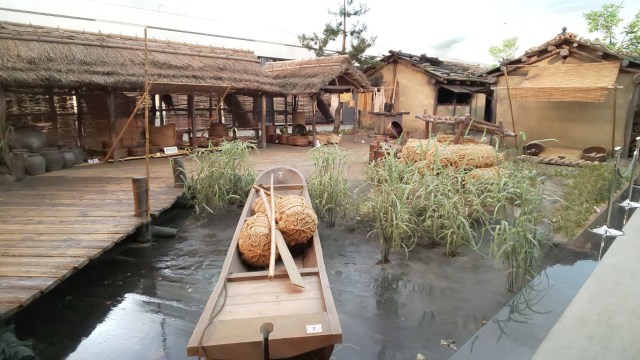
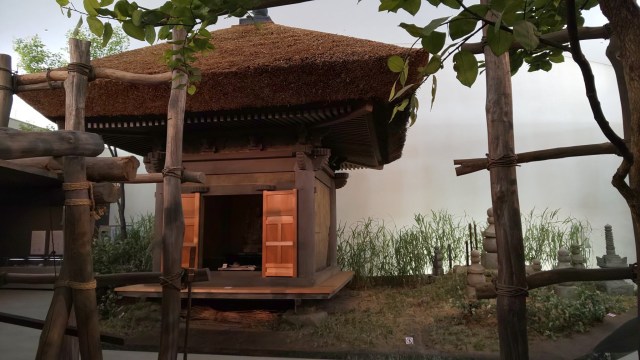
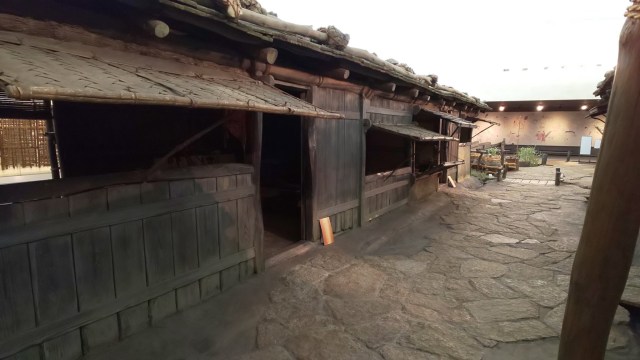
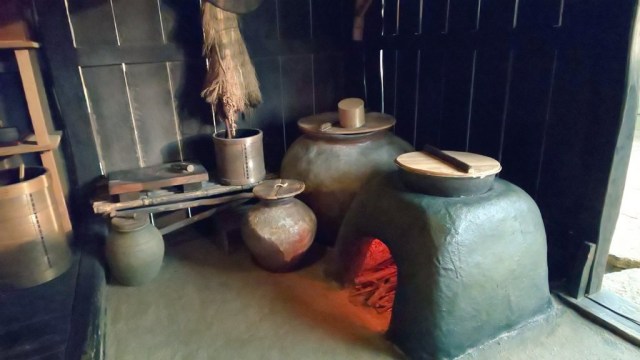
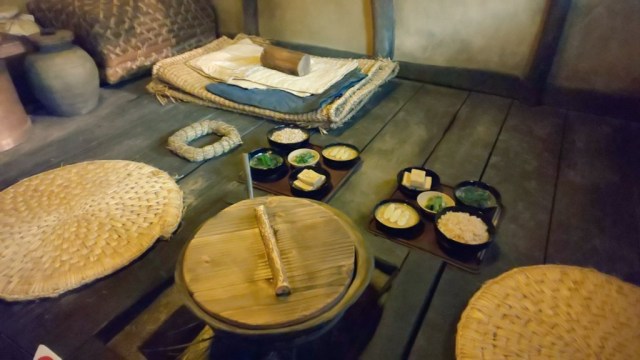
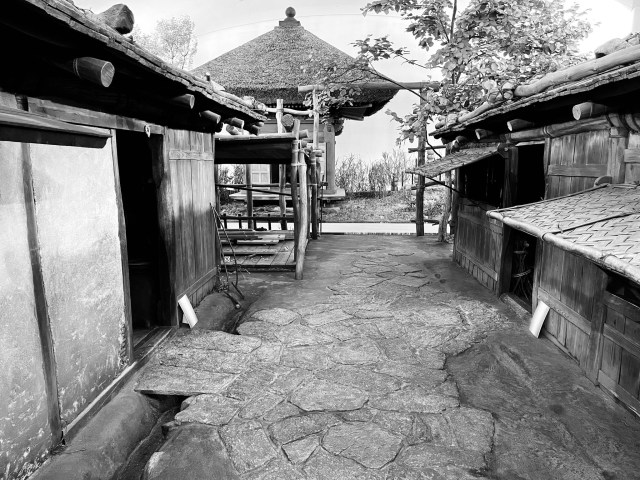
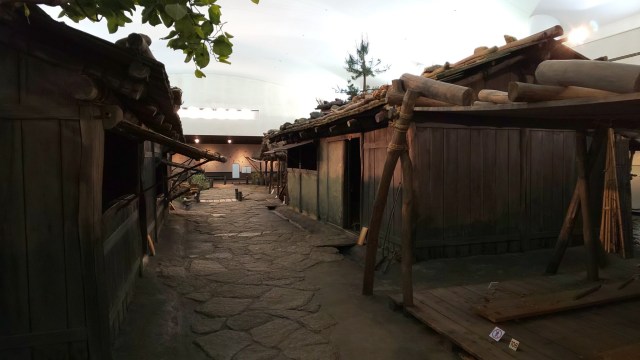
 Foreign tourists pick the top 10 must-visit museums in Japan
Foreign tourists pick the top 10 must-visit museums in Japan Cherry blossom-viewing bus tour for dogs now available in Japan
Cherry blossom-viewing bus tour for dogs now available in Japan Exhibition on the 1,500 year-history of traditional Japanese women’s clothing to open in Shibuya
Exhibition on the 1,500 year-history of traditional Japanese women’s clothing to open in Shibuya We learned how to make a calligraphy brush from the masters of Kumanofude in Hiroshima
We learned how to make a calligraphy brush from the masters of Kumanofude in Hiroshima Christmas light display planned near Hiroshima A-bomb Dome faces backlash
Christmas light display planned near Hiroshima A-bomb Dome faces backlash Foreigner’s request for help in Tokyo makes us sad for the state of society
Foreigner’s request for help in Tokyo makes us sad for the state of society Japanese city loses residents’ personal data, which was on paper being transported on a windy day
Japanese city loses residents’ personal data, which was on paper being transported on a windy day Should you add tartar sauce to Japanese curry rice? CoCo Ichi makes diners an unusual offer
Should you add tartar sauce to Japanese curry rice? CoCo Ichi makes diners an unusual offer Historical figures get manga makeovers from artists of Spy x Family, My Hero Academia and more
Historical figures get manga makeovers from artists of Spy x Family, My Hero Academia and more Ghibli Park now selling “Grilled Frogs” from food cart in Valley of Witches
Ghibli Park now selling “Grilled Frogs” from food cart in Valley of Witches Japan’s summertime towelket pillowcases are even better with the addition of Ghibli stars【Photos】
Japan’s summertime towelket pillowcases are even better with the addition of Ghibli stars【Photos】 Akihabara pop-up shop sells goods made by Japanese prison inmates
Akihabara pop-up shop sells goods made by Japanese prison inmates French Fries Bread in Tokyo’s Shibuya becomes a hit on social media
French Fries Bread in Tokyo’s Shibuya becomes a hit on social media Seaside scenery, history, and so many desserts on Yokohama’s Akai Kutsu【Japan Loop Buses】
Seaside scenery, history, and so many desserts on Yokohama’s Akai Kutsu【Japan Loop Buses】 Osaka governor suggests lowering voting age to 0 to curb population decline
Osaka governor suggests lowering voting age to 0 to curb population decline McDonald’s new Happy Meals offer up cute and practical Sanrio lifestyle goods
McDonald’s new Happy Meals offer up cute and practical Sanrio lifestyle goods Japanese ramen restaurants under pressure from new yen banknotes
Japanese ramen restaurants under pressure from new yen banknotes Studio Ghibli releases new action figures featuring Nausicaä of the Valley of the Wind characters
Studio Ghibli releases new action figures featuring Nausicaä of the Valley of the Wind characters Red light district sushi restaurant in Tokyo shows us just how wrong we were about it
Red light district sushi restaurant in Tokyo shows us just how wrong we were about it New private rooms on Tokaido Shinkansen change the way we travel from Tokyo to Kyoto
New private rooms on Tokaido Shinkansen change the way we travel from Tokyo to Kyoto Tokyo Tsukiji fish market site to be redeveloped with 50,000-seat stadium, hotel, shopping center
Tokyo Tsukiji fish market site to be redeveloped with 50,000-seat stadium, hotel, shopping center Beautiful Ghibli sealing wax kits let you create accessories and elegant letter decorations【Pics】
Beautiful Ghibli sealing wax kits let you create accessories and elegant letter decorations【Pics】 Studio Ghibli releases Kiki’s Delivery Service chocolate cake pouches in Japan
Studio Ghibli releases Kiki’s Delivery Service chocolate cake pouches in Japan New definition of “Japanese whiskey” goes into effect to prevent fakes from fooling overseas buyers
New definition of “Japanese whiskey” goes into effect to prevent fakes from fooling overseas buyers Our Japanese reporter visits Costco in the U.S., finds super American and very Japanese things
Our Japanese reporter visits Costco in the U.S., finds super American and very Japanese things All-you-can-drink Starbucks and amazing views part of Tokyo’s new 170 meter-high sky lounge
All-you-can-drink Starbucks and amazing views part of Tokyo’s new 170 meter-high sky lounge More foreign tourists than ever before in history visited Japan last month
More foreign tourists than ever before in history visited Japan last month New Pokémon cakes let you eat your way through Pikachu and all the Eevee evolutions
New Pokémon cakes let you eat your way through Pikachu and all the Eevee evolutions Disney princesses get official manga makeovers for Manga Princess Cafe opening in Tokyo
Disney princesses get official manga makeovers for Manga Princess Cafe opening in Tokyo Sales of Japan’s most convenient train ticket/shopping payment cards suspended indefinitely
Sales of Japan’s most convenient train ticket/shopping payment cards suspended indefinitely Sold-out Studio Ghibli desktop humidifiers are back so Totoro can help you through the dry season
Sold-out Studio Ghibli desktop humidifiers are back so Totoro can help you through the dry season Japanese government to make first change to romanization spelling rules since the 1950s
Japanese government to make first change to romanization spelling rules since the 1950s Ghibli founders Toshio Suzuki and Hayao Miyazaki contribute to Japanese whisky Totoro label design
Ghibli founders Toshio Suzuki and Hayao Miyazaki contribute to Japanese whisky Totoro label design Doraemon found buried at sea as scene from 1993 anime becomes real life【Photos】
Doraemon found buried at sea as scene from 1993 anime becomes real life【Photos】 Tokyo’s most famous Starbucks is closed
Tokyo’s most famous Starbucks is closed One Piece characters’ nationalities revealed, but fans have mixed opinions
One Piece characters’ nationalities revealed, but fans have mixed opinions We asked a Uniqlo employee what four things we should buy and their suggestions didn’t disappoint
We asked a Uniqlo employee what four things we should buy and their suggestions didn’t disappoint Princesses, fruits, and blacksmiths: Study reveals the 30 most unusual family names in Japan
Princesses, fruits, and blacksmiths: Study reveals the 30 most unusual family names in Japan When a single dot doesn’t do the trick: Legal trouble ensues for izakaya over name
When a single dot doesn’t do the trick: Legal trouble ensues for izakaya over name The new Simose Art Museum in Hiroshima houses a floating, futuristic surprise next to the sea
The new Simose Art Museum in Hiroshima houses a floating, futuristic surprise next to the sea Japanese idol unit plans concert for men only, draws complaints from women’s organization
Japanese idol unit plans concert for men only, draws complaints from women’s organization Tokyo’s Ghibli museum to reopen this month, but only for one group of people
Tokyo’s Ghibli museum to reopen this month, but only for one group of people Hayao Miyazaki’s concept art and ideas for the Ghibli Museum to be revealed in new exhibit
Hayao Miyazaki’s concept art and ideas for the Ghibli Museum to be revealed in new exhibit The most popular places in Japan for viewing sakura in 2024, according to local travel agency
The most popular places in Japan for viewing sakura in 2024, according to local travel agency Immersive Museum offers impressive impressionist fun this summer in Tokyo
Immersive Museum offers impressive impressionist fun this summer in Tokyo Studio Ghibli Museum closes due to coronavirus fears
Studio Ghibli Museum closes due to coronavirus fears Japanese-style Rilakkuma teahouse opens in one of the most beautiful places in Japan
Japanese-style Rilakkuma teahouse opens in one of the most beautiful places in Japan Japan’s poo museum opens online, offers turds of virtual fun worldwide during stay-home period
Japan’s poo museum opens online, offers turds of virtual fun worldwide during stay-home period Samurai Ninja Museum Tokyo With Experience is true to its name, lets you slice with real katana
Samurai Ninja Museum Tokyo With Experience is true to its name, lets you slice with real katana Adorable mascot bear Kumamon stars on the most popular new license plate in Japan
Adorable mascot bear Kumamon stars on the most popular new license plate in Japan Survey picks Japan’s top three (actually four) open-air museums【Photos】
Survey picks Japan’s top three (actually four) open-air museums【Photos】 Life-sized Kinnikuman tag-team trophy selling for 1.1M yen, no more than 5 will be made
Life-sized Kinnikuman tag-team trophy selling for 1.1M yen, no more than 5 will be made
Leave a Reply